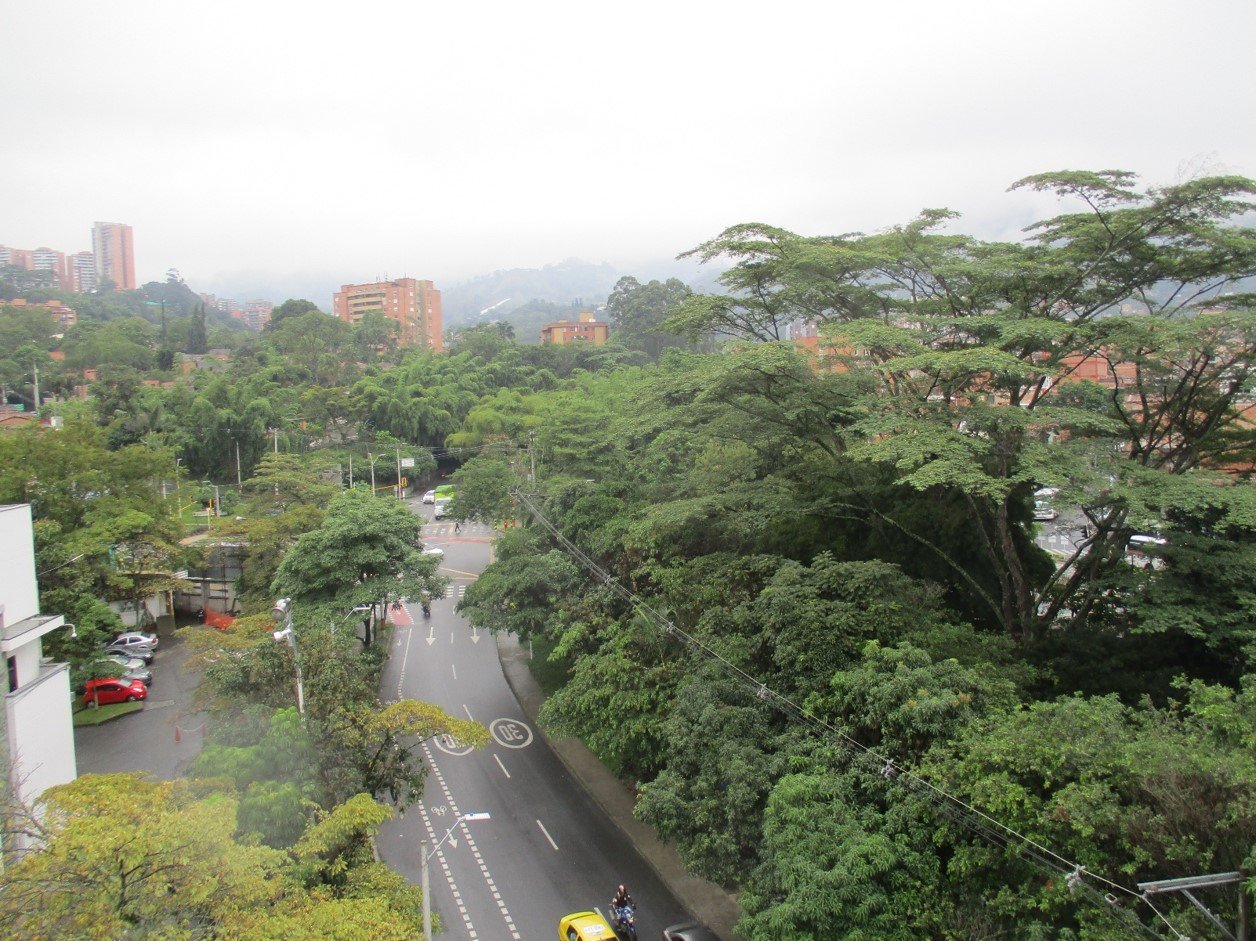
The Master Plan of Urban Public Green Zones of Envigado has 3 structuring elements, which together design, plan and manage the tree cover found in the urban matrix. The structuring elements of the Master Plan are:
1- Characterization of the arboreal component and updating of available public green areas: for this purpose, a complete census of urban areas was carried out, identifying the dasometric and phytosanitary characteristics, taxonomic classification, resulting in the thorough diagnosis and recommendations for management and intervention of the arboreal component and available public areas. All the information collected and generated from the census is articulated with the spatialization of individuals through ArcGis software, which is accompanied by a methodological document describing the methodology applied. As part of this process, a socio-communicative strategy was also developed for the community and municipal agencies, to design and disseminate the results to the municipal agencies. This included 8 training workshops and 2 specific training sessions. In addition, a manual on urban forestry in the municipality was prepared based on the information collected in the field and 1,000 copies were published.
2- Identification of heritage trees and individuals at risk in order to manage these trees. A multi-criteria model was built for the selection of municipal heritage trees, which was later used as input for the generation of a draft agreement for the declaration by the Municipal Council.
3- Base estimate of carbon sequestration and draft valuation of associated goods and services. As part of the greenhouse gas mitigation strategy in the municipality, trees of the most representative species that needed to be felled were harvested to estimate the biomass of each tree with allometric equations. Based on this information, the carbon sequestration rate of urban trees in the municipality was estimated.

